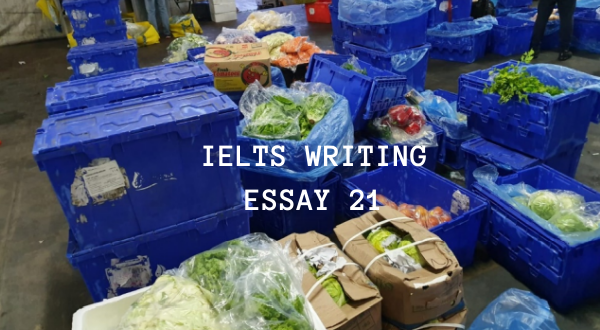Many people believe that countries should produce food for the whole population and import as little food as possible. To what extent do you agree or disagree?
Nowadays, varieties of foods are available in most countries since their exports and imports are quite common. However, I think that unless and until the food production in a country can satisfy the entire needs of its inhabitants, importation of such stocks must be restricted.
To begin with, one of the benefits of producing food in-house is that it helps the nation to be self-sufficient. To explain, if the yield of regional crops is utilised massively in the same region rather than importing abroad, the dependence on other countries can be curtailed because they are capable to feed their citizens by themselves. For example, Norway is the most food-secure country as it produces enough to meet its domestic needs whereas export only comes as their second choice.
Moreover, encouraging the production of agricultural products and limiting their trade favour the people living in that nation. To elaborate, as exports are controlled, plenty of food commodities are available in the market which make the prices affordable to everyone. For instance, in India, the costs of spices and marine foods were accessible however; the prices hiked once it started to send out to foreign places.
Although trading sustenance internationally has certain advantages such as it fosters people to explore distinct flavours, it should be shipped only after confirming the food safety of their own country.
To conclude, the nation’s first preference must be over their citizen’s food requirements, it should be fulfilled by increasing the overall cultivation and minimizing the imports.
1. Lexical Resources
- Export, import, trade
- Food safety, food security, food sufficient
- Sustenance, food, stock, food commodities
- Curtail, minimise, limit, restrict
- Accessible, affordable
- Foster, favour, benefits
- Fulfil, satisfy
- Commodities, stocks
2. Coherence and Cohesion
Linkers and linking words are indicated in red color.
3. Grammatical Range
Variety of complex and compound sentences are highlighted in green color.
